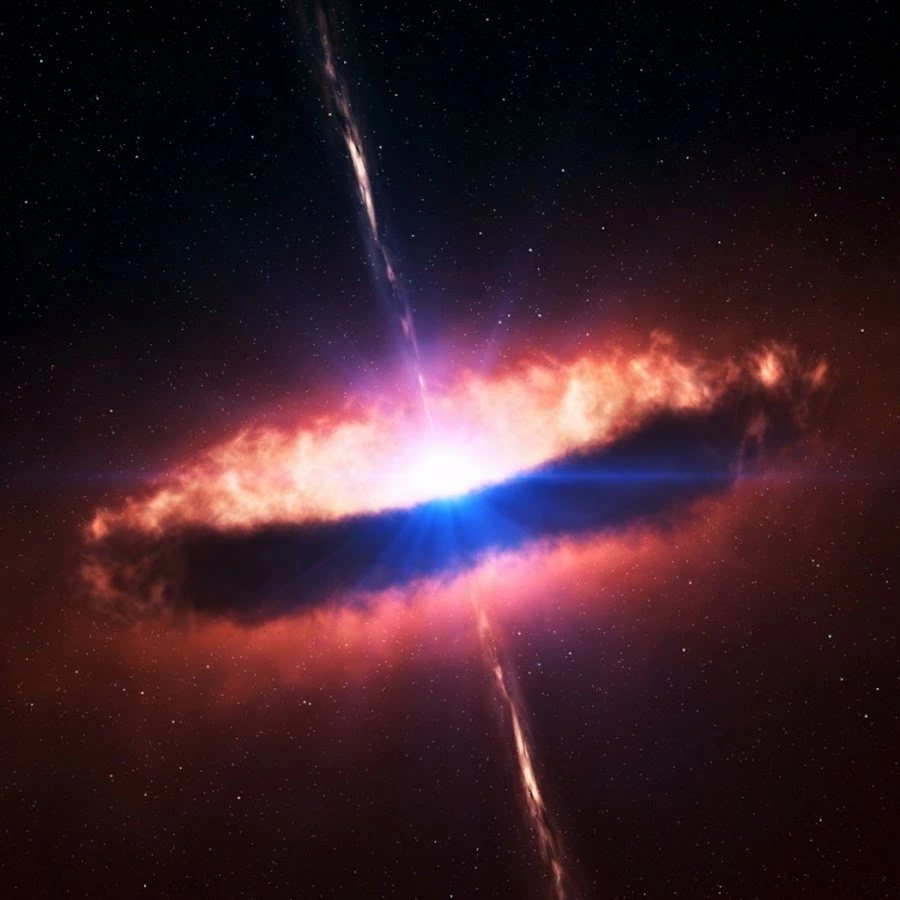I’ve been doing a bit of searching for theories on the origin of baryon matter (including antimatter of course) and some seem to hint at quantum particles spawning from the fabric of space (but doesn’t seem to theorize on how this happened) but not many focus on hypothesizing how all forms of baryon matter ether: was the default starting point (that is empty space wasn’t the default origin, energy was) or that the fabric of space is the origin of baryon matter (something like: space has the blue print and energy supplies the material).
Thanks for any insight/links that focus on this question


Edit: another commenter linked me to zero point energy, and with its relating links, that seems to give me the answers I was after. 
I was trying not to write too much but I guess it’s hard to ask without more context.
I’ve been reading about how antimatter results from particle accelerators and high energy collisions in space. But in layman terms, when these high energy collisions occur, are we simply allowing released energy to form into antimatter?
My understand is when electrons and protons have extreme collisions or forced too close within extreme gravity, they form neutrons or other particles (including photons). These are examples of matter into energy into matter. But are the “blueprints” that tell energy how to form into baryon matter in the energy (that is, does quantity and/or power cause the resulting state), the strong/weak fields influencing it, or some other mechanism?
I’ll try to address your questions in reverse. For the second question, the formation and structure of hadronic particles such as baryons or mesons is dictated by the fundamental forces. Specifically, the weak, strong and electromagnetic interactions between the quarks that make up the hadron. Gravity is too weak to play a role on this scale.
It’s important to remember that protons and neutrons aren’t elementary particles, they’re composed of quarks. A particle composed of 2 up quarks and a down quark in its lowest energy state is a proton. 2 downs and an up in the lowest energy state is a neutron. Elementary particles such as quarks are identical to other quarks of the same type - every up quark could be swapped for another up quark with no effect on the system. So a proton, composed of quarks in a specific energy state, will be indistinguishable from another proton. There doesn’t need to be a blueprint somewhere to define a “proton”, it just emerges naturally from the fundamental forces and elementary particles.
For an example on a more familiar scale, consider chemical reactions. By making or breaking atomic and molecular bonds you can have an oxidation reaction like fire, or generate electricity in a battery, change the color of a substance, etc. All of those distinct emergent reactions are governed by the electrons in atoms, whose energy levels and interactions emerge from quantum electromagnetism.
These forces also dictate how the composite particles can be reorganized, for example allowing a decay to occur. A free neutron will eventually undergo beta decay into a proton, an electron, and an anti-electron neutrino. This is allowed because the mass of the proton and electron (and neutrino, though it’s mass is currently unknown and experimentally consistent with 0 for this case) is less than that of the neutron. So the beta decay produces a lower energy state. The Feynman diagram for the leading order term in the decay mechanism describes it as being mediated by a W- boson.
This segues into your first question. It sounds like you’re thinking of high energy colliders like the LCH, where beams of protons or even lead nuclei are collided at high energy. These collisions produce a quark gluon plasma where quarks are no longer confined by color charge. It’s basically a superfluid soup of quarks and gluons. As it expands and cools, quarks become color confined again and consolidate into composite particles (hadrons), including some exotic and very unstable ones that quickly decay into more stable configurations. Some of these initial hadrons or their decay products will be formed from antimatter quarks. However, any reaction mechanism that creates or destroys antimatter will create or destroy the same amount of matter. This statement ignores CP violation, which is a small effect in this case, though essential for creating the matter dominated universe we live in.
The strong force between quarks is so strong that the energy needed to “separate” the quarks exceeds the energy needed to produce a quark-antiquark pair. This mechanism converts energy into matter, but the only “blueprint” is “minimize the energy of the system”, and creating a pair of quarks to stick to the initial pair that’s being pulled apart achieves this.